I feel like this blog is doomed! Part of the problem is that in order to post, I feel I need to have created something new to share, but I have had so many setbacks lately, I just haven’t had the chance to sew anything!
Last time I posted, I was all revved up about winter patterns and 1960’s-inspired pinafores and a bit of a fabric splurge on winter woolens at the Fabric Store’s sale. Unfortunately, sinus surgery put a big fat ugly spanner in the works – two weeks bedridden, in totally unglamorous recovery without even so much as cutting out a pattern let alone making something. Even knitting was too hard (I’m not a very committed knitter – I’ve been on and off knitting this for over a year now).
However, whilst convalescing, even though I couldn’t physically do much, I did manage to do a lot of thinking about clothes and pattern construction and sewing and fabric. I opened up a few of my books for inspiration – including Claire B. Shaeffer’s Couture Sewing Techniques; the V&A’s The Golden Age of Couture: Paris and London 1947-1957 (that exhibition traveled to Bendigo back in the summer of 2008/09 – I went twice); and several of my Australian Home Journals. I love my AHJ’s, but the frustrating part is that, until the late 50’s/early 60-‘s, all the gorgeous free patterns are designed for ‘the average 36” bust figure’. I have come to the conclusion that this size is simply too big for me to try and adapt for my body type in a satisfactory way – the difference is just too much. As is my frustration. The only compromise I can see is to use the pattern pieces given as a guide to drafting a pattern from scratch in my bust size. However, there is one obvious impediment – I am not a trained pattern drafter.
In pondering this whilst bedridden, I rediscovered Harriet Pepin’s Modern Pattern Design – my husband had given me a copy of this book for my birthday a few years back. In a nutshell, this is a textbook, written in 1942, for pattern drafting. The images within it are delightful, and, obviously, all examples and illustrations and designs are beautiful, (and often complicated) vintage concoctions.
The text itself, and its tone, is also a reminder of a bygone era. Harriett makes no concessions, and she certainly doesn’t beat around the bush when it comes to her (and her era’s ideas) of ‘good’ or ‘right’ design. Coming from today’s world, where we are encouraged to celebrate a diversity and range of body shapes, styles and opinions, Harriet’s world seems unforgiving:
“Notice that side seam lines E-F-H should change to conform to changing contours caused by flesh deposits on the heavier, mature figure. If side seam on Mrs. Heavy were to be made vertical as it was for Mrs. Slim, it would fail to divide her silhouette vertically and would reveal her bad figure lines.”
If the following illustration is anything to go by, it’s amazing what 70 odd years can do to body shape perception. Consider Harriet’s examples below. In a country with one of the world’s highest and fastest growing obesity rate, is this how we would describe “Mrs Plump” ?

Aside from the historical skew, I’ve been meaning to try out Harriet’s drafting technique for a while. It seems a little more involved than Winnifred Aldrich’s Metric Pattern Cutting, and as it’s ‘genuine vintage’, I guess I’m secretly hoping it will help me achieve a ‘genuine vintage’ look. Apart from the inconvenience of it all being in imperial measurements rather than metric, the one thing that has stopped me every time in the past is the apparent omission of any mention of ease in the bodice. Upon reading the chapter, it looks as though one is meant to take the literal body measurements and use them in the pattern draft without factoring in any ease at all. Surely that would make it impossible to get on the wearer, let alone make for a flattering and comfortable fit? Frustratingly, Harriet alludes to ease here and there in the chapter, but never explicitly states how much to add, or to which measurements. My first attempt at the bodice was pretty dismal – it’s evident I’m going to need a good chunk of time and space (and patience) to try and nut it out.
Unfortunately, two weeks off work means a lot of catching up upon return, which, in turn, means no progress in the sewing front. The few things I have attempted lately have been disasters. It’s always so disappointing – you invest so much emotional hope and energy into the ‘vision’, and then there’s all the time spent cutting out the pattern, cutting out the fabric, sewing the pieces together, only to discover that, frankly, it looks terrible. The latest to this list was a shirt for my husband. In theory, it should have been fine – I’ve even used this pattern before on a shirt for him, with good results. But for some reason this time round, it’s just not working. It’s the cut of the shirt – it’s too daggy, too old man 1980’s baggy, and I’m not sure I can fix it. So bits of it are lying all over the house, mocking me. Do I spend the energy and try and finish it anyway and put it down to ‘experience’, or do I just move on? The worst of it is that I even used the ‘Classic Tailored Shirt’ tutorial from Craftsy. Don’t get me wrong, the tutorial is excellent, and Pam (the instructor) has such a relaxed and calming way of speaking and teaching. It’s just that, I was even more care careful than usual – trying to be precise in my pressing and turning and folding, and flat felling all the seams! So it’s a real shame that I’m just not convinced by the end product.
And now that things have settled down a bit, the season is turning, and I’ve realised how fickle I am. We’ve had glimpses of sunshine, the days are getting longer, and daylight savings has just kicked in. All of a sudden I’m looking longingly at my summer cotton stash and thinking of 1950’s sundresses and Christmas party outfits and 50’s inspired shorts and shirts for the perfect picnic and bike ride scenario.
Too bad we have to find a place to live and move house next month.

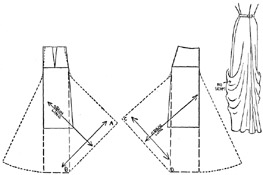
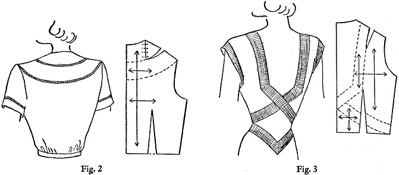





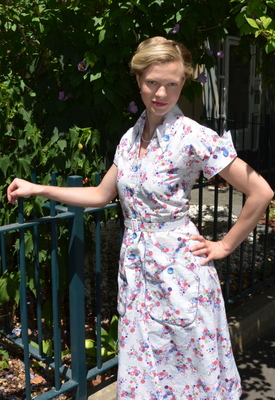
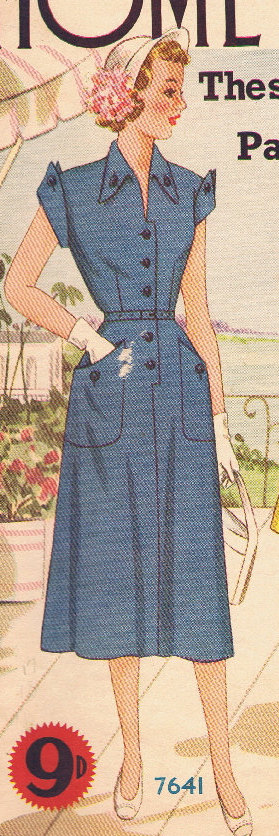
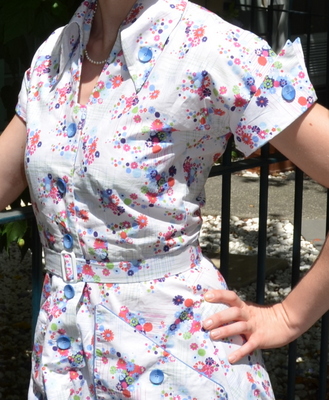
Warning: Trying to access array offset on value of type bool in /home4/offermag/public_html/vintagenotions/wp-content/themes/liquorice/header.php on line 28
Warning: Trying to access array offset on value of type bool in /home4/offermag/public_html/vintagenotions/wp-content/themes/liquorice/header.php on line 32
Warning: Trying to access array offset on value of type bool in /home4/offermag/public_html/vintagenotions/wp-content/themes/liquorice/header.php on line 36
RSS Feed